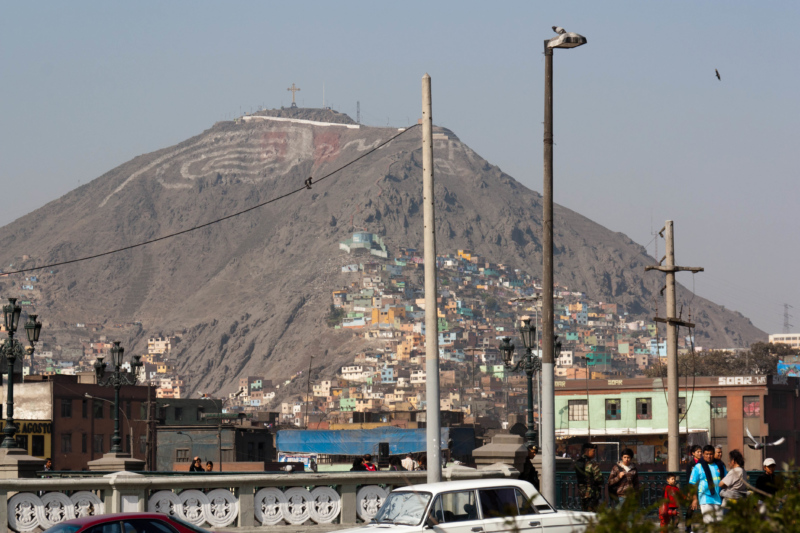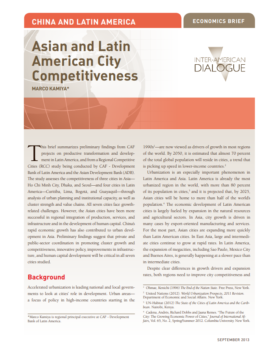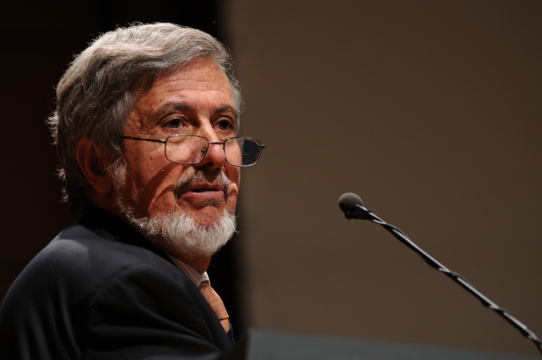A Conversation with Luis Castañeda Lossio, Mayor of Lima
Lima is a problematic city, but it has its charm. Its charm is in being problematic.
The glittering Real Plaza shopping center in the Comas district north of Lima buzzes with middle-class energy, featuring franchises like Popeye’s and KFC, DirecTV and RadioShack, McDonald’s, China Wok and even a multi-screen “Cineplanet” movie theater. Like similar shopping malls across the sprawling Lima metropolitan area, the Comas Real Plaza is visibly aspirational; the economic prosperity and upward mobility that it represents to many Peruvians is hard to miss. Polished glass, spotless common areas, air-conditioned stores, plush cinema seats and American fast food all tell the story of a new, rising middle class.
This particular mall is almost an hour by car from the skyscrapers and manicured streets of San Isidro and Miraflores—Lima’s more posh, moneyed districts. It also stands somewhat in contrast to other areas nearby. Not much farther north, many roads are unpaved and neighborhoods less developed. Even immediately outside the gates of the mall, Peru’s colossal informal economy still flourishes, as vendors hawk street food, fruits and vegetables.
Lima is a problematic city, but it has its charm. Its charm is in being problematic.
Despite clear differences in growth drivers and expansion rates, both regions need to improve city competitiveness and sustainability.
With the recent decline in commodity prices, why have some countries have fared better than others?
 jisakiel / Flickr / CC BY-NC-ND 2.0
jisakiel / Flickr / CC BY-NC-ND 2.0

